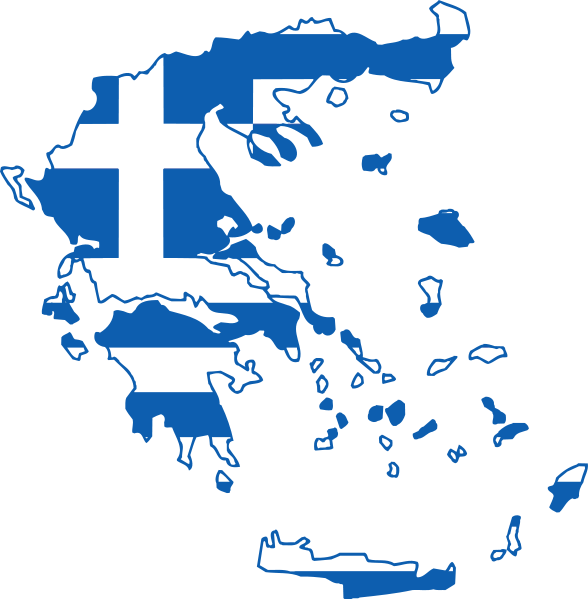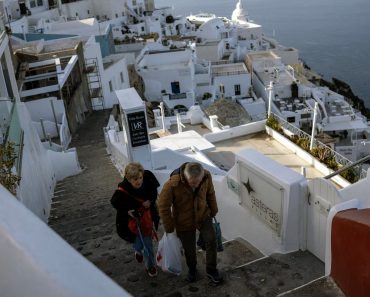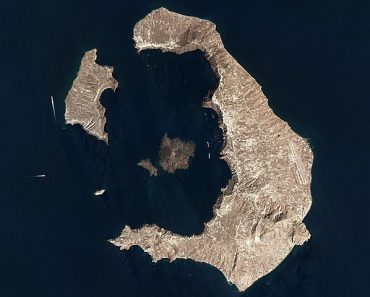Lekkas explains: What is the buzzing heard in the last few hours on the islands?
Professor of Geology and Natural Disaster Management Efthimios Lekkas spoke about the continuous seismic activity between Santorini and Amorgos. “Mr. Kikilias has called us for an inter-ministerial meeting to update the ministers on the situation, and then I will return to Santorini. This morning at 4:40 AM, we had an earthquake measuring 4.9 on the Richter scale. The evening was relatively calm, but then we experienced an upward surge. We estimate that this surge will continue in the coming days. These earthquakes are slowly and gradually decelerating. I prefer an earthquake of 5.2-5.3 on the Richter scale so that the forces slow down more quickly. With a 5.5 magnitude earthquake, we estimate there will be no impact on the island,” he initially said on MEGA television.
Mr. Lekkas continued, “The magnitude six earthquake or higher scenario is unlikely. The residents of Santorini should feel safe. There is no need for panic as people are fleeing. I have noticed that mainly foreigners working here are leaving. These earthquakes occur at a depth of 15 kilometers. An earthquake’s depth is important because it helps us determine the seismic fault, which is crucial since we have a complex of faults. Accurate fault calculations make it easier to interpret the situation.”
Regarding the earthquake’s displacement and the Santorini volcano, he explained: “The epicenter of the earthquake is shifting northeast toward Amorgos. This means it is moving away from Santorini, which is good, but heading towards Amorgos. Amorgos is less vulnerable than Santorini. The effects of an earthquake will be smaller in Amorgos than in Santorini. This has nothing to do with the volcano. While volcanic activity is present, it has been ongoing for thousands of years. We have calculated that the Santorini volcano will take about 17,000 years to erupt again. The volcano has been erupting every 20,000 years for the last 200,000 years. There have been smaller activities, but they are very slow.”
Asked about the rumbling heard in the last few hours on the islands, Mr. Lekkas explained that it is due to surface processes, not the earthquake itself.
He stated that it is primarily the diffusion of sound waves, which is more intense in some areas and less noticeable in others. “It is an inductive process unrelated to the earthquake,” he said. “Unless the earthquake is very close, around 1-2 kilometers or closer, then a sound from the earthquake can be heard. At greater distances, no sound is heard,” emphasized Mr. Lekkas.






